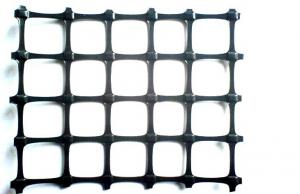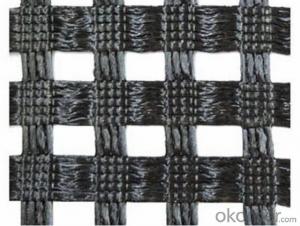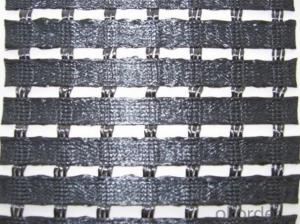HDPE Geogrid with High Tensile Strength Manufacturer
- Loading Port:
- Qingdao
- Payment Terms:
- TT OR LC
- Min Order Qty:
- 1000 g/m²
- Supply Capability:
- 100000 g/m²/month
OKorder Service Pledge
OKorder Financial Service
You Might Also Like
Introduction:
HDPE Uniaxial geogrid, made of high molecular polymer, is extruded into sheet and then punched
into regular mesh pattern, and finally stretched in the longitudinal direction.
Application:
Mainly applied in highway, railway, slope protecting projects, retaining wall, dam etc.
1) strengthen land loading capacity
and extend its service life.
2) convenient to construct ;
reducing area , project cost and maintenance cost.
Tensile Strength ≧(Kn/m) | MD | 15 | 20 | 25 | 30 | 35 | 40 | 45 | 50 | |
TD | 15 | 20 | 25 | 30 | 35 | 40 | 45 | 50 | ||
Nominal Elongation ≦(%) | MD | 15 | ||||||||
TD | 13 | |||||||||
Tensile Strength at 2% Strain ≧(Kn/m) | MD | 5 | 7 | 9 | 10.5 | 12 | 14 | 16 | 17.5 | |
TD | 5 | 7 | 9 | 10.5 | 12 | 14 | 16 | 17.5 | ||
Tensile Strength at 5% Strain ≧(Kn/m) | MD | 7 | 14 | 17 | 21 | 24 | 28 | 32 | 35 | |
TD | 7 | 14 | 17 | 21 | 24 | 28 | 32 | 35 | ||
Junction Efficiency (%) | 93 | |||||||||
Width ≦(m) | 6 | |||||||||
Images of HDPE Biaxial Geogrid

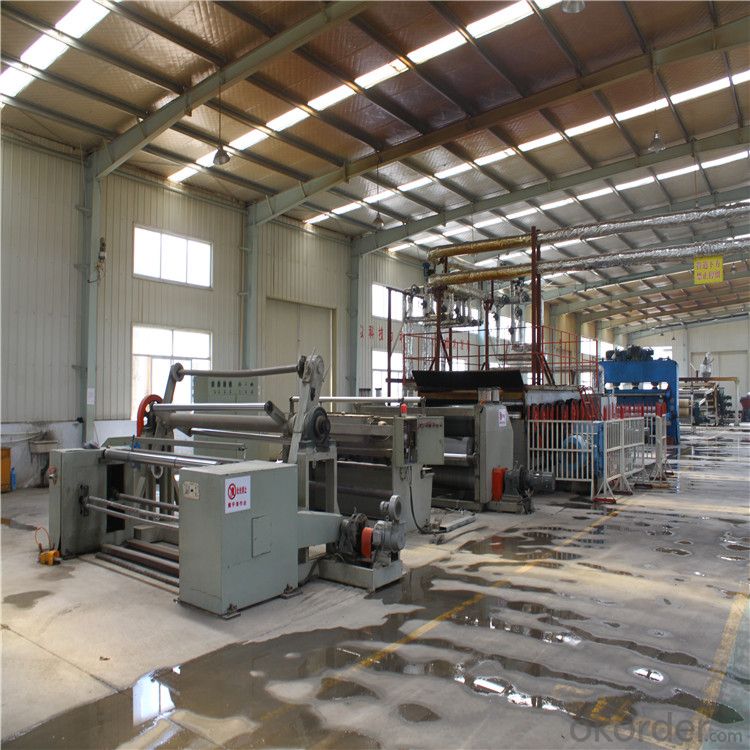

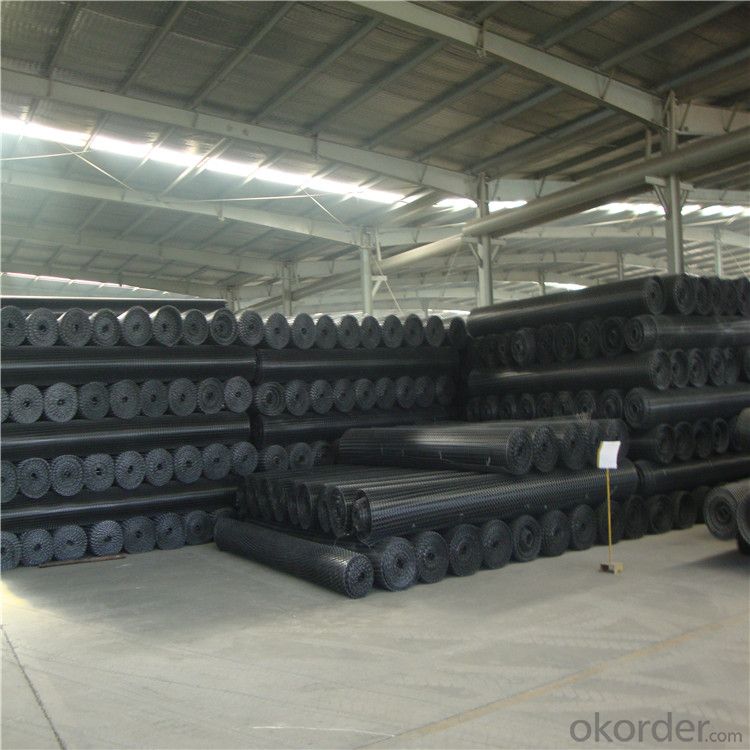

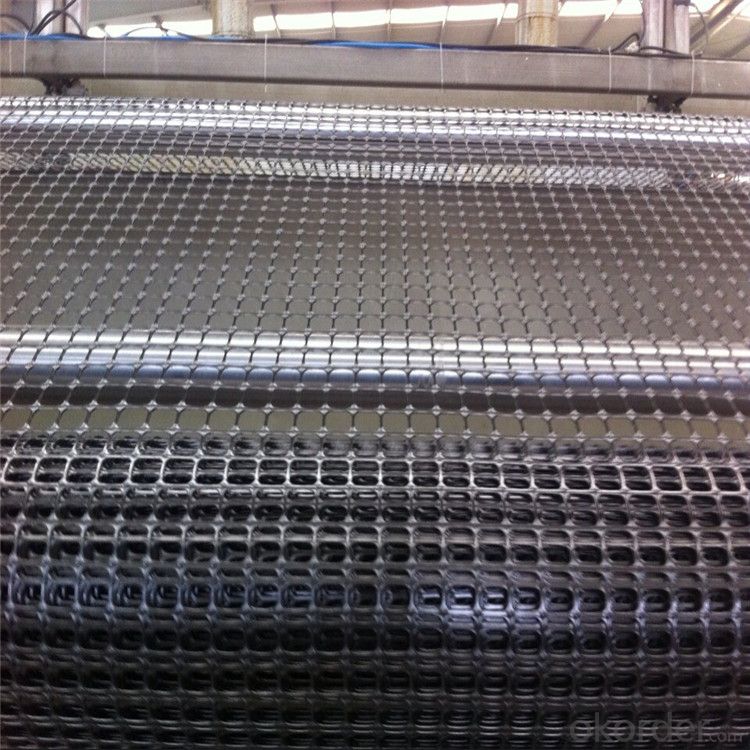
- Q:Can geogrids be used for retaining walls?
- Yes, geogrids can be used for retaining walls. Geogrids are commonly used in the construction of retaining walls to provide additional stability and reinforcement to the soil. They help distribute the load and prevent the soil from shifting, improving the overall strength of the wall.
- Q:Can geogrids be used in mining operations?
- Yes, geogrids can be used in mining operations. Geogrids are commonly used in mining for various purposes such as soil stabilization, reinforcement of embankments, and slope stabilization. They provide strength and stability to the mining site, preventing soil erosion and enhancing safety during mining operations.
- Q:What are the properties and characteristics of geogrids?
- Geogrids are synthetic materials made from polymers, typically high-density polyethylene (HDPE) or polyester, that possess a unique set of properties and characteristics. These include high tensile strength, low elongation, and excellent resistance to chemical degradation and biological attack. Geogrids also have a high modulus of elasticity, which allows them to distribute stress and improve the load-bearing capacity of soils and aggregates. They are typically lightweight and easy to handle, making them convenient for construction applications. Geogrids exhibit excellent dimensional stability and resistance to creep, ensuring their long-term effectiveness. They are also resistant to UV degradation and have a long design life. Overall, geogrids are versatile materials that provide reinforcement, stabilization, and confinement in various civil engineering projects, such as road construction, slope stabilization, and erosion control.
- Q:Are geogrids suitable for use in soil reinforcement for coastal protection structures?
- Yes, geogrids are suitable for use in soil reinforcement for coastal protection structures. Geogrids are commonly used in such applications as they provide effective reinforcement by distributing the loads and stabilizing the soil. They help to prevent erosion and improve the stability and durability of coastal structures, making them a reliable solution for coastal protection.
- Q:Longitudinal and transverse tensile strength more than 60kn/m which has several geogrid
- The key depends on which side you choose, the choice is different.
- Q:What is the recommended geogrid junction strength?
- The recommended geogrid junction strength varies depending on the specific application and project requirements. It is important to consult with geotechnical engineers or manufacturers to determine the appropriate geogrid junction strength for each unique situation.
- Q:What are the long-term performance monitoring requirements for geogrids?
- The long-term performance monitoring requirements for geogrids include regular inspection and assessment of their mechanical properties, such as tensile strength, creep behavior, and durability. Monitoring should also involve evaluating the geogrid's ability to withstand environmental factors such as chemical exposure, temperature fluctuations, and UV degradation. Additionally, long-term monitoring should assess the geogrid's performance in terms of soil interaction, stability, and its impact on the overall performance of the reinforced structure.
- Q:Can geogrids be used in bridge abutments and approach embankments?
- Yes, geogrids can be used in bridge abutments and approach embankments. Geogrids are often employed in these structures to enhance soil stability, reinforce the embankment, and provide additional support to the bridge. By distributing loads more evenly and reducing lateral movement, geogrids can help improve the overall performance and longevity of the abutments and embankments.
- Q:Want to know what is the advantage of unidirectional polyester geogrid and two-way existence? What are the differences between the two?For example, function, cost, construction
- First talk to the function of it, compared with the similar functions, There are both advantages and disadvantages., but the cost of bidirectional geogrid is more expensive! Construction is the same! The difference lies in the cost! Thank you
- Q:What are the limitations of geogrids?
- Geogrids have a few limitations that need to be considered. Firstly, they are not suitable for all types of soil. They work best in cohesive soils and may not be as effective in non-cohesive or sandy soils. Secondly, geogrids have limited resistance to chemical degradation, so they may not be appropriate in environments with high chemical exposure. Lastly, geogrids are not designed to withstand heavy loads or provide significant structural support on their own, so they should be used in conjunction with other reinforcement techniques for optimal performance.
1. Manufacturer Overview |
|
|---|---|
| Location | |
| Year Established | |
| Annual Output Value | |
| Main Markets | |
| Company Certifications | |
2. Manufacturer Certificates |
|
|---|---|
| a) Certification Name | |
| Range | |
| Reference | |
| Validity Period | |
3. Manufacturer Capability |
|
|---|---|
| a)Trade Capacity | |
| Nearest Port | |
| Export Percentage | |
| No.of Employees in Trade Department | |
| Language Spoken: | |
| b)Factory Information | |
| Factory Size: | |
| No. of Production Lines | |
| Contract Manufacturing | |
| Product Price Range | |
Send your message to us
HDPE Geogrid with High Tensile Strength Manufacturer
- Loading Port:
- Qingdao
- Payment Terms:
- TT OR LC
- Min Order Qty:
- 1000 g/m²
- Supply Capability:
- 100000 g/m²/month
OKorder Service Pledge
OKorder Financial Service
Similar products
New products
Hot products
Related keywords

























